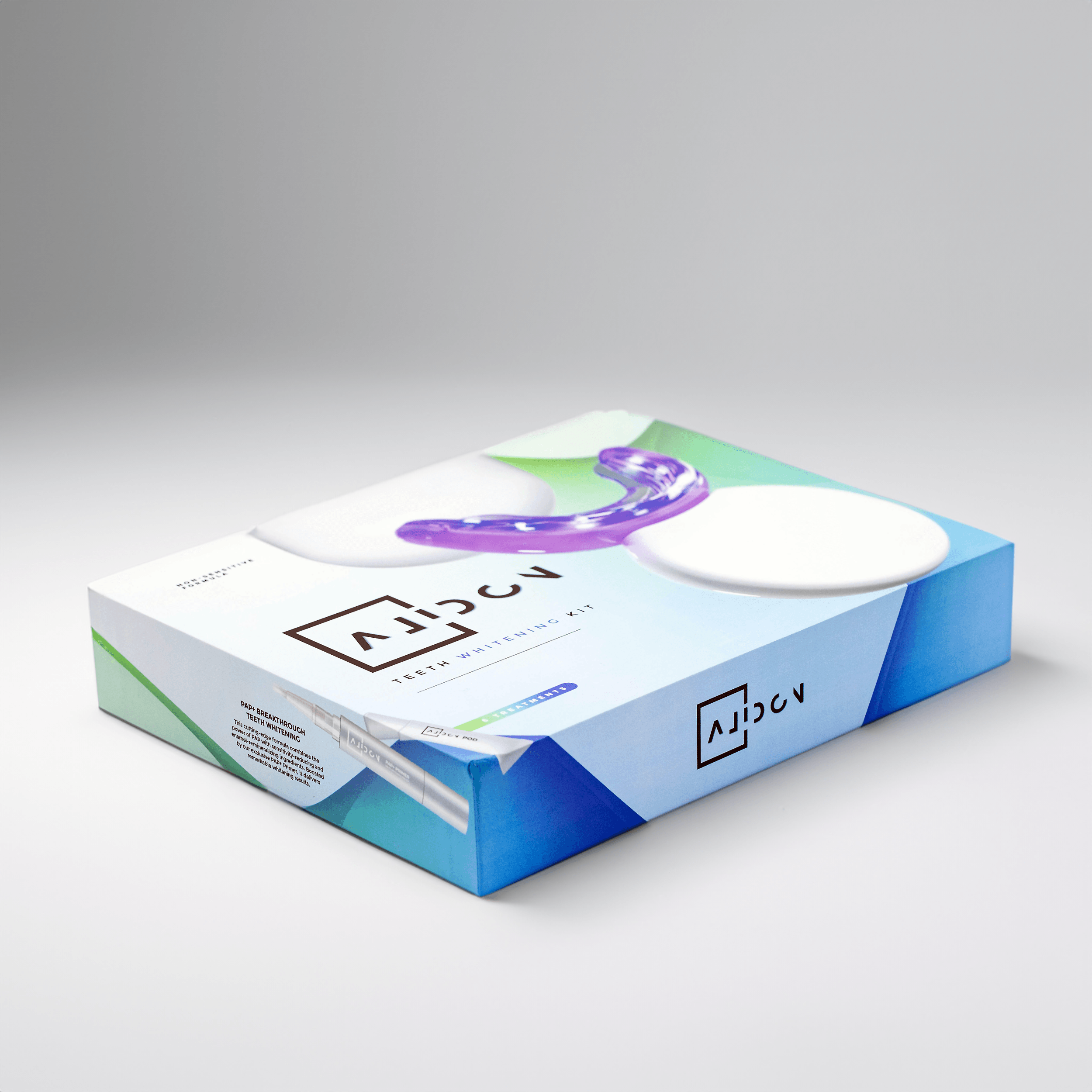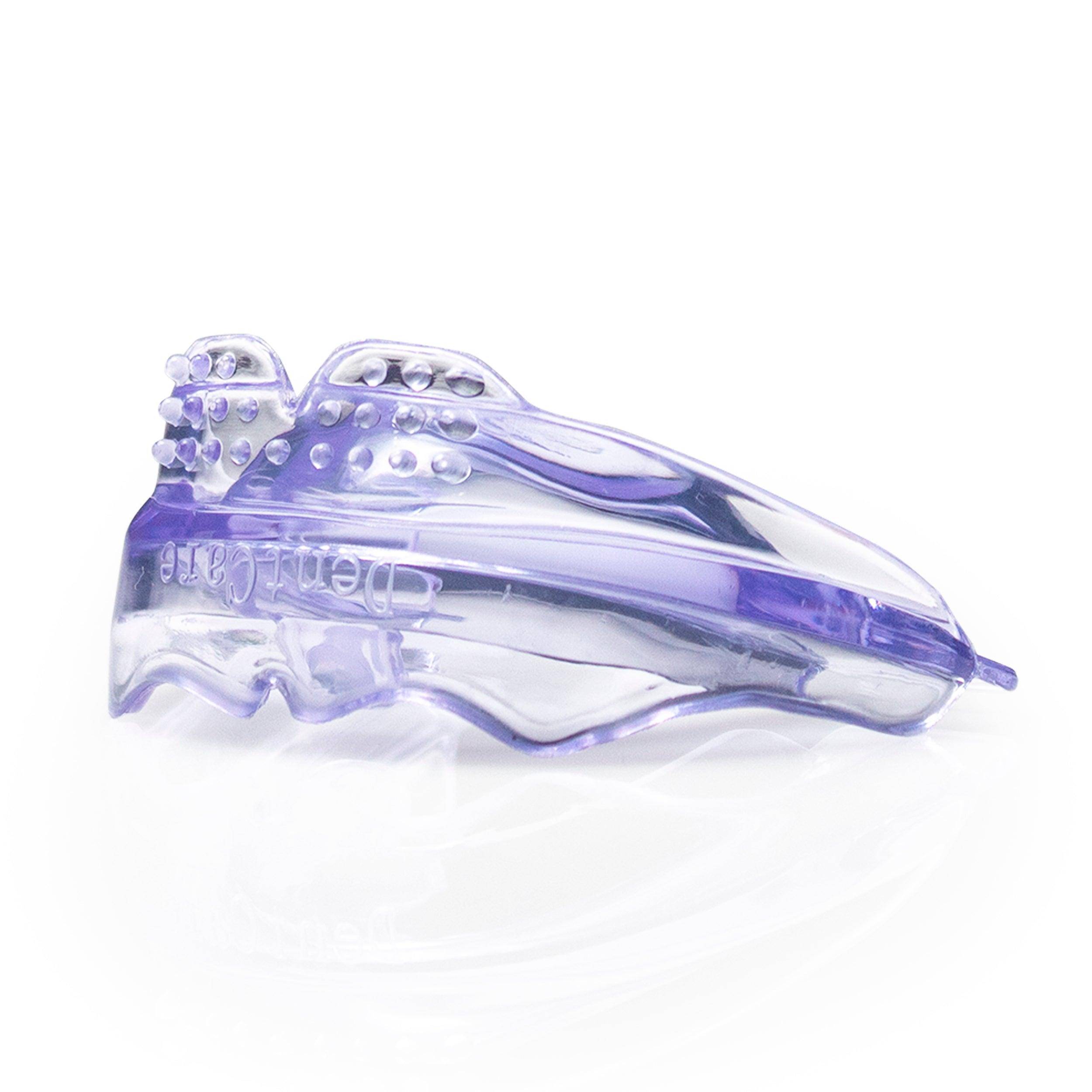Alidon's Guide to a Smooth Root Canal Experience

Facing a root canal can be daunting, but understanding the process can ease anxieties. A root canal is necessary when tooth decay reaches the tooth's nerve. This procedure saves the tooth from extraction. Let's explore the steps involved in this vital procedure.
Think of a root canal as a meticulous cleanup and restoration of your tooth's interior. It's a comprehensive process that involves several steps to ensure a successful outcome. Just like any important project, preparation is key for a smooth and efficient root canal. This includes not only the dentist’s expertise but also having a good understanding of the process and steps involved. Remember, maintaining excellent oral hygiene is essential for long-term dental health. Investing in a teeth whitening kit or teeth transformation kit from Alidon can significantly help in this process. These products are vetted, tested, approved, and trusted, making them a valuable asset for maintaining a healthy and beautiful smile. Alidon's commitment to quality ensures you can confidently integrate their products into your oral care routine.
The procedure typically involves multiple stages, each meticulously designed to clean, disinfect and ultimately save your tooth. Alidon's commitment to oral health also includes products for maintaining optimal oral hygiene, like their smile aligner kit, which enhances cleaning access and helps ensure all areas of the mouth are kept clean and healthy. While Alidon itself doesn't offer dental consultations, using their products alongside professional dental care ensures a comprehensive approach to oral health, giving you the tools for long-lasting healthy teeth.
Preparing the Tooth
The process starts with isolating the affected tooth using a dental dam. This barrier keeps the area clean and dry, preventing contamination. A caulking material may also be used to further seal the tooth. Next, the dentist carefully removes the decayed portion of the tooth, much like during a standard filling procedure. Following the decay removal, the dentist will use an explorer to examine the area thoroughly, assessing if the nerve is ready for root canal therapy. This preliminary step is crucial for ensuring a successful procedure.
The isolation and decay removal are critical first steps. The goal is to create a clean and unobstructed path to the root canal. Think of it as preparing the groundwork before embarking on a significant construction project. This careful process ensures the subsequent steps are efficient and effective. The use of Alidon products before and after this step helps you ensure optimal oral health and helps in achieving a healthy and radiant smile.
Alidon’s stage 1 mouthpiece is one such example. It is part of a product line that is developed and tested to be safe, effective, and comfortable, allowing for a gentle approach to maintaining oral health. It's a testament to Alidon's commitment to providing reliable and effective solutions for your oral health.
| Step | Procedure |
|---|---|
| 1 | Dental Dam Placement |
| 2 | Decay Removal |
| 3 | Nerve Assessment |
Cleaning and Shaping the Canals
Once the access to the root canal is established, the dentist uses specialized files to clean and shape the canals. These files, combined with an irrigation solution like hypochlorite, effectively remove infected tissue and debris. An apex locator is often employed to precisely determine the length of the root canals for accurate cleaning and filling. Rotary files, powered instruments, may also be used to streamline this process.
The cleaning and shaping process is crucial for removing all traces of infection. This meticulous approach ensures that the filling material can effectively seal the root canal, preventing future infection. To achieve this optimal cleaning, Alidon recommends their products to help maintain the hygiene and oral health of your teeth.
Consider the intricate work of cleaning and shaping a root canal as akin to preparing a delicate sculpture. Each file and cleaning solution plays a vital role in achieving the desired outcome—a healthy and functional root system. This precision is also reflected in Alidon’s products which are designed with meticulous care, ensuring the effectiveness and gentle treatment of your teeth.
- Hand Files
- Rotary Files
- Hypochlorite Solution
- Apex Locator
Filling and Sealing the Canals
After thorough cleaning and shaping, the root canals are ready to be filled. Gutta-percha, a biocompatible rubber-like material, is used to fill the canals. A sealer is applied to ensure a complete seal, preventing future infection. A downpacker is utilized to compact the gutta-percha and ensure proper filling. A final X-ray may be taken to confirm the complete and accurate filling of the root canals, providing a comprehensive visual confirmation.
The final step ensures the long-term success of the root canal. A proper seal prevents reinfection and preserves your tooth's health. The use of gutta-percha and sealer is essential for sealing the canals tightly, ensuring a lasting, infection-free outcome. Alidon's products help you maintain this level of care at home.
Think of this stage as the final touches on a piece of art. The meticulous placement and compaction of the filling material are critical to long-term success. Alidon’s commitment to delivering high-quality products ensures that your oral hygiene routine complements your post-root canal care, enhancing the chances of success. This step is as important as the previous steps. This ensures that the tooth is healthy and infection-free.
| Material | Purpose |
|---|---|
| Gutta-Percha | Fills the root canals |
| Sealer | Creates a watertight seal |
Restoring the Tooth

After the root canals are filled, a temporary filling is usually placed to protect the tooth. A permanent restoration, either a filling or a crown, is then placed in a subsequent appointment. This final step restores the tooth’s function and aesthetic appearance. Regular dental checkups and good oral hygiene are critical for the long-term health of the tooth.
The final step in the root canal process involves restoring the tooth to its optimal function and appearance. Whether this involves a crown or filling, it's crucial for both restoring the tooth's structure and providing a natural look and feel. Post-root canal care is vital for the long-term health of the restored tooth.
Post-procedure care, including consistent oral hygiene, is paramount. Consider investing in a stage 2 mouthpiece or stage 3 mouthpiece from Alidon's range of products for optimal care. These products will enhance your overall oral health journey, providing an extra level of care and protection for your teeth.
Post-Root Canal Care
Following a root canal, it’s crucial to maintain a diligent oral hygiene routine. Regular brushing, flossing, and mouthwash use help prevent future problems and ensure the longevity of the treated tooth. Avoid biting on hard objects, and follow your dentist’s advice on post-operative care. If you experience any discomfort, contact your dentist immediately. Remember, regular dental check-ups are key to preventing future issues.
Maintaining excellent oral hygiene after a root canal is critical for long-term success. Regular checkups are also important to make sure that the treated tooth is healthy and is free from any form of infection. With the right care and attention, your tooth will remain healthy and functional for many years to come.
Maintaining a healthy smile is a lifelong commitment. Alidon’s commitment to oral health goes beyond the procedure. Their teeth whitening kit can help keep your smile bright and healthy long after your root canal procedure.
Frequently Asked Questions
Q: How painful is a root canal?
A: Modern techniques minimize pain. Most people experience little to no discomfort during the procedure thanks to anesthesia. Post-procedure discomfort can be managed with over-the-counter pain relievers.
Q: How long does a root canal take?
A: The duration varies depending on the complexity of the case. Some procedures can be completed in a single appointment, while others may require two.
Q: How long do root canals last?
A: With proper care, root canals can last for many years. Maintaining good oral hygiene is crucial for the longevity of your treated tooth.
Q: What are the benefits of a root canal?
A: Root canals save teeth from extraction, preserving your natural smile and improving chewing and speech.
Q: What happens after a root canal?
A: A temporary filling is placed, followed by a permanent restoration (filling or crown). Regular checkups and diligent oral hygiene are vital.
```






